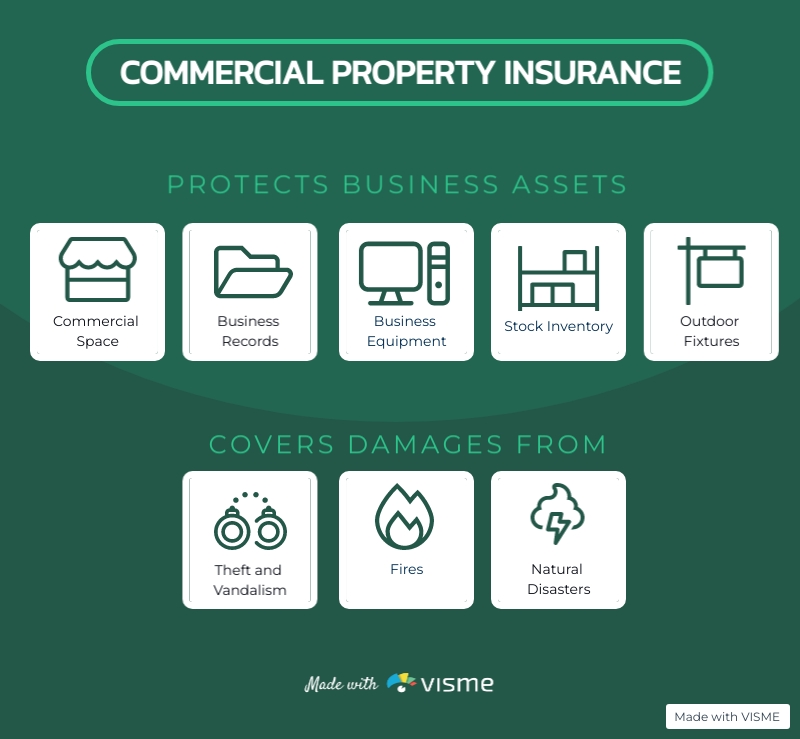Ever found yourself at a crossroads, trying to decipher the code of financial security and prosperity? Yes, we’ve all been there. Now, imagine stumbling upon a roadmap that not only promises to guide you but also introduces an intriguing concept: what’s an iul. Sounds like something out of a financier’s diary, right?
This isn’t your everyday money talk. Far from it. Indexed Universal Life (IUL) insurance flirts with the boundary between daring investment and cautious savings plan. It’s where the thrill of stock market indexes meets the steadfastness of life insurance.
The allure? A chance at higher returns without lying awake fearing market downturns. But here’s the kicker – those potential gains have limits. Yes, caps on how much you can earn might just be IUL’s way of saying “let’s keep this interesting.” And let’s not forget; it demands more than pocket change for its premium costs compared to simpler life policies.
Understanding Indexed Universal Life (IUL) Insurance
What Is an IUL Account?
Imagine a world where your life insurance does more than just offer peace of mind for the unexpected. Enter: indexed universal life (IUL) insurance. It’s not just any policy; it’s a savvy blend of protection and potential growth, wrapped up in one neat package.
How Does an IUL Account Work?
IUL policies are like the Swiss Army knife of the insurance world. Offering adjustable payments, these plans allow you to modify your contribution amounts within specified boundaries. But here’s where it gets interesting: part of your premium goes into accounts that can be tied to market indexes like the S&P 500 or Nasdaq-100. Think smart savings with a twist – while there’s a safety net ensuring you won’t lose cash when markets dip, there’s also a cap on how high your returns can go. And yes, this means sometimes dancing close to those caps when markets soar.
Is an IUL Account a Good Investment?
This is where opinions diverge faster than forks in fairy tales. Some say IULs shine brighter than traditional universal life policies, thanks to their earning potential tied to market performance—without directly exposing your hard-earned money to market risk. Others caution about capped gains and costs that might nibble away at what could have been yours outright had risks been taken elsewhere.
- If retirement planning feels akin to navigating through fog without lights, adding an IUL could turn on some headlights.
- If already maxing out other retirement avenues or seeking tax advantages offered by life insurance products.
- If keen on leaving behind something substantial for loved ones while enjoying some financial perks along the way.
The truth? Whether an IUL account beams as brightly as Sirius in our night sky comes down mostly to personal circumstances and preferences – but getting acquainted with all its ins-and-outs is key before diving deep into its waters.
Key Takeaway:
Think of an IUL as a smart combo of life insurance and potential market growth, with flexible premiums and safety nets. It’s perfect for those navigating retirement planning or wanting to leave something behind, but it’s essential to weigh its benefits against capped gains and costs.
The Benefits and Downsides of IUL Insurance
Pros: Indexed Universal Life Insurance
First up, the positives – who doesn’t love kicking things off on a bright note? Indexed Universal Life (IUL) insurance isn’t just another life insurance policy. It’s like the Swiss Army knife in your financial toolkit. Why?
- Potential for higher returns: Unlike its cousin, traditional universal life policies, an IUL can give you a leg up with returns tied to market indexes. But don’t worry; there’s a safety net ensuring you won’t dive into negative territory when markets falter.
- Tax-deferred growth on cash value: The IRS isn’t getting their hands on this till much later. That means more money compounding over time.
- A sidekick for retirement planning: Imagine having a bucket of money that grows tax-free which you can dip into during retirement without triggering taxes or penalties? Yep, an IUL has got your back.
- Lifelong coverage plus flexibility: Need to adjust how much you’re paying or what your beneficiaries get after you’ve moonwalked off this mortal coil? With an IUL, it’s no biggie.
Cons: Indexed Universal Life Insurance
No sugarcoating here – while IULs have their perks, they come with caveats too.
- Capped gains mean limited fun: We love those years when the stock market is throwing a party because everyone’s portfolio gets fat… unless yours is capped because of your IUL policy terms.
- You might need a PhD in patience and persistence: I’m kidding about the degree part but not about needing heaps of patience. Managing these policies takes work, keeping track so it doesn’t lapse due to underpayment.
- Those pesky premium costs: Let’s be real—quality comes at a price. While term life lets folks sleep easy knowing they’ve spent less, IUL asks for more upfront. And over time. That dough could potentially do better elsewhere, given half a chance.
There you go. The rundown on pros and cons. When considering if IUL is the right fit for you, weighing both sides is an essential step. So, make sure to grab a notepad and jot down how these factors align with your financial goals.
Key Takeaway:
Think of IUL insurance as your financial Swiss Army knife: offering potential for higher returns, tax perks, and retirement help but watch out for caps on gains, the need for patience in management, and those premium costs.
Comparing IUL to Other Life Insurance Products
Indexed universal life insurance vs. term life insurance
Let’s kick things off with a classic face-off: IUL versus term life. The biggest difference? The crux of the matter lies in their longevity and the presence, or absence, of a monetary worth attached. Term life insurance is like renting an apartment – you’re covered for a set period, say 20 years, but when the lease is up, that’s it. No equity or cash value to show for it.
In contrast, indexed universal life (IUL) offers something more permanent. Think of it as buying a home – not only do you have lifelong coverage but there’s also potential to build cash value over time based on market indexes.
Indexed universal life insurance vs. whole life insurance
Moving onto the next contender: whole life insurance. This one’s got longevity in its corner too; providing lifetime coverage just like IULs do.
The main event here though? The way they handle your money. Whole-life policies are the steady Eddies offering guaranteed returns on your cash value component – slow and stable wins the race kind of vibe.
But if you’re feeling adventurous, an IUL throws in some spice by tying your earnings potential to stock market indexes without direct investment risk. It’s like having both safety nets and trampolines underfoot.
Indexed universal life insurance vs. variable life insurance
Last up we’ve got variable life insurance going head-to-head with our star player: IULs.
This showdown is all about Control versus flexibility. Variable policies hand over the reins letting policyholders directly invest their cash values into stocks or bonds—big rewards if you know what you’re doing. On the flip side, IULs keep things a bit more reined in. Your cash value grows based on selected market indexes with caps and floors to protect you from wild market swings. So what’s our takeaway here? When picking between term life, whole life or variable policies versus an indexed universal one, it all boils down to how much risk you’re willing to take on for potential rewards and whether longevity of coverage is key for you.


